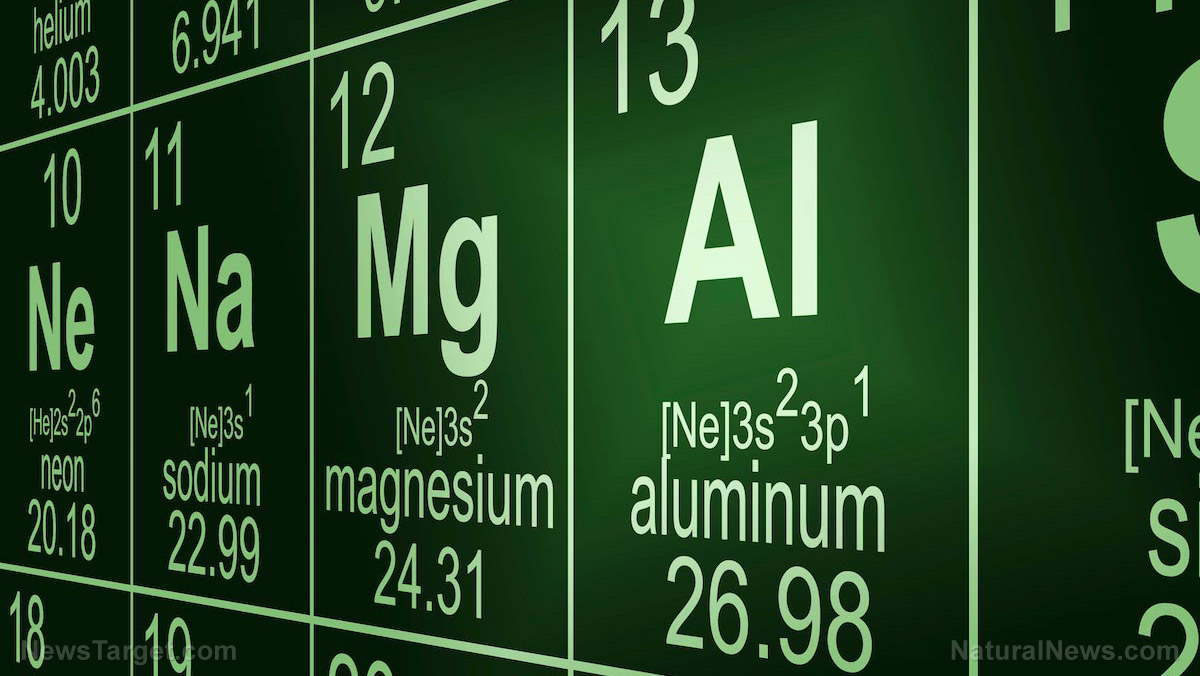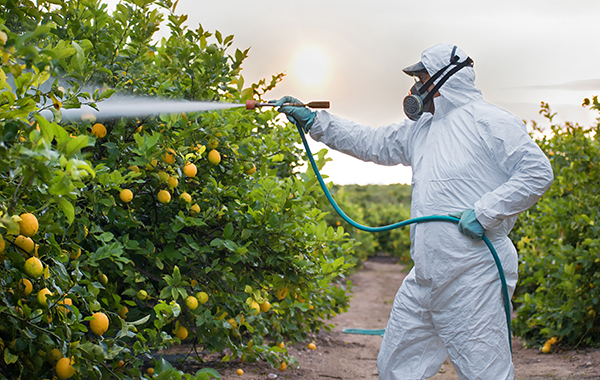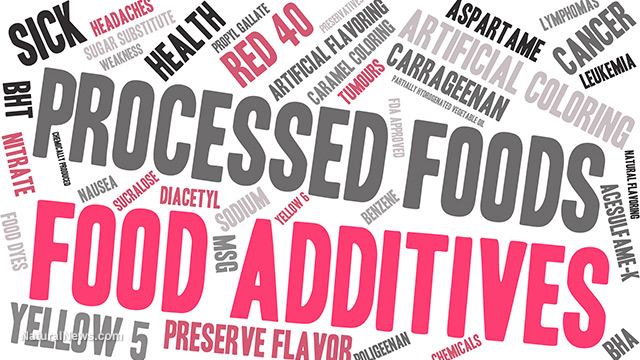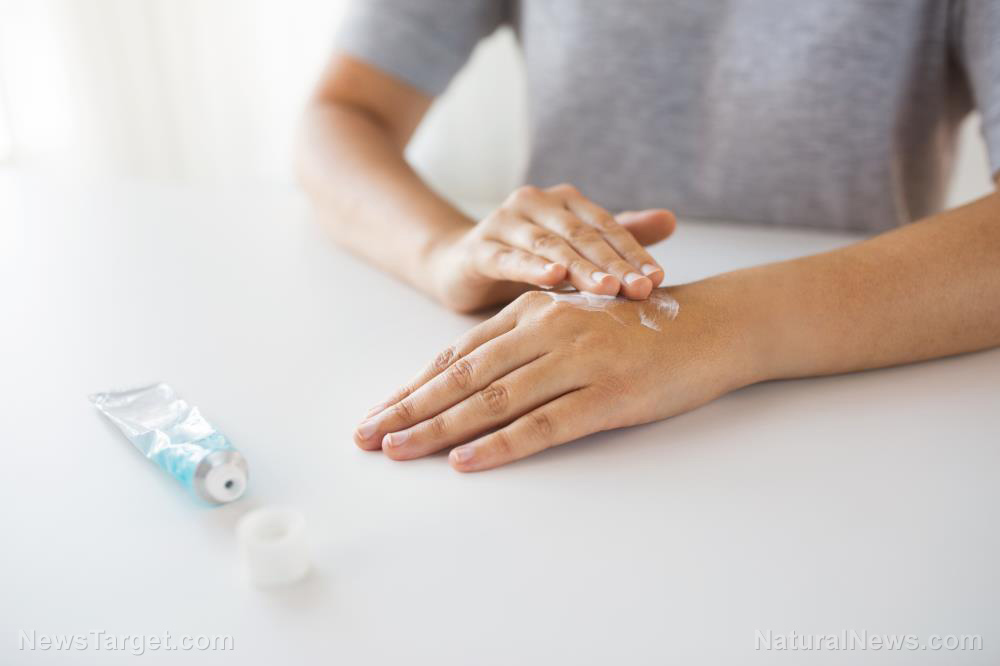Study finds BLACK PLASTIC in toys, food containers contains TOXIC flame retardants
10/09/2024 / By Belle Carter

A recently published study in the journal Chemosphere has concluded that toys, takeout food containers, kitchen utensils and other common household products made from black plastic have high levels of toxic flame retardants, the Defender reported.
The research conducted by Toxic-Free Future and the Amsterdam Institute for Life and Environment has further warned how flame retardants are linked to carcinogenicity, endocrine disruption, neurotoxicity and reproductive harm.
According to the paper, the contamination starts with the improper recycling of electronic products like televisions, whose casings are made from black plastic. When the said plastic casings are mixed with other plastics during recycling, the flame retardants make their way into the end product. (Related: Plastic recycling is a SCAM: Recycled plastics are more TOXIC than new ones.)
While the study was being conducted, the researchers screened 203 products made from black plastics for bromine, a man-made chemical used in flame retardants. The results showed that toxic flame retardants were present in 85 percent of the products analyzed, with concentrations reaching 22,800 milligrams per kilogram.
The contaminants found were decabromodiphenyl ether, or decaBDE, a compound commonly used in the casings of electronics before the U.S. Environmental Protection Agency (EPA) banned it in 2021. One compound, decabromodiphenyl ether, or BDE-209, was commonly found in black-colored plastic kitchen utensils at an average level of 34,700 nanograms per day.
A 2014 study published in the journal Frontiers in Genetics found that BDE-209 has highly carcinogenic effects on humans. Other contaminants detected include compound 2,4,6-tribromophenol, which has been detected in human breast milk, according to a 2023 study published in the journal Environmental Pollution.
“The findings of flame retardants in children’s toys are of particular concern because flame retardants have been found to leach from toys into children’s saliva,” said Megan Liu, science and policy manager for Toxic-Free Future.
“Flame retardants are a highly hazardous class of chemicals, but they are still allowed for use in products like electronics, and as a result of dirty electronic-waste recycling, we’re seeing flame retardants appear in unexpected products, like our kitchen utensils, food service ware and hair accessories.”
Experts call for stronger regulations against toxic contaminants in plastics
Diana Zuckerman, president of the National Center for Health Research, has called for stricter scrutiny from U.S. health agencies.
“The [U.S. Food and Drug Administration] FDA and EPA need to scrutinize the safety of all plastic products used with foods, instead of the vague reassurances the agencies have been offering,” said Zuckerman.
Liu told the Defender that she also demanded the need for stronger regulations on hazardous chemicals and materials entering the recycling stream.
“What we need is our state and federal government, along with retailers, to ban these harmful chemicals and materials,” Liu said. “We need policy and market change to increase the transparency of what’s being used in the supply chain, including for recycled materials, as well as require the use of safer solutions.”
She noted that the study’s results were published “at a critical time when leaders around the world are negotiating a Global Plastics Treaty.”
The ongoing negotiations for this treaty come two years after the United Nations Environment Assembly passed a resolution that resolution calls for the completion of a legally binding international treaty by the end of 2024.
In the meantime, Liu wants people to reduce any uses of plastics, including replacing plastic kitchen utensils with safer options, like wood or stainless steel. Plastic containers should be replaced with glass containers.
Visit Pollution.news to read stories about how plastics harm the environment.
Watch the video below that talks about how reusable plastic bags only create more waste.
This video is from the Loves Greatness com channel on Brighteon.com.
More related stories:
The plastics industry knew RECYCLING WOULDN’T WORK, and now plastic waste is POISONING the planet.
STUDY: New Jersey’s plastic consumption nearly TRIPLED following plastic bag ban.
Study: Humans consume over 1,000 microplastics particles every year through TABLE SALT.
Toxic chemicals from plastic waste are migrating into food and harming soil, warn experts.
Sources include:
Submit a correction >>
Tagged Under:
black plastic, carcinogenicity, chemicals, Chemistry, clean food watch, electronic waste, endocrine disruption, Flame retardants, food containers, health risks, household items, kitchen utensils, neurotoxicity, organophosphate, plastic polymers, plastic recycling, poison, recycling electronic products, reproductive harm, stop eating poison, toxic, toxins, toys
This article may contain statements that reflect the opinion of the author
RECENT NEWS & ARTICLES
COPYRIGHT © 2017 CHEMISTRY NEWS




















